Firelight and Tradition: Takigi Noh Theatre at Suizenji Garden
Experience the magic of Takigi Noh at Suizenji Garden in Kumamoto—an open-air torchlit Noh performance with deep ties to the historic Hosokawa clan. Free admission, rich tradition, unforgettable summer atmosphere.
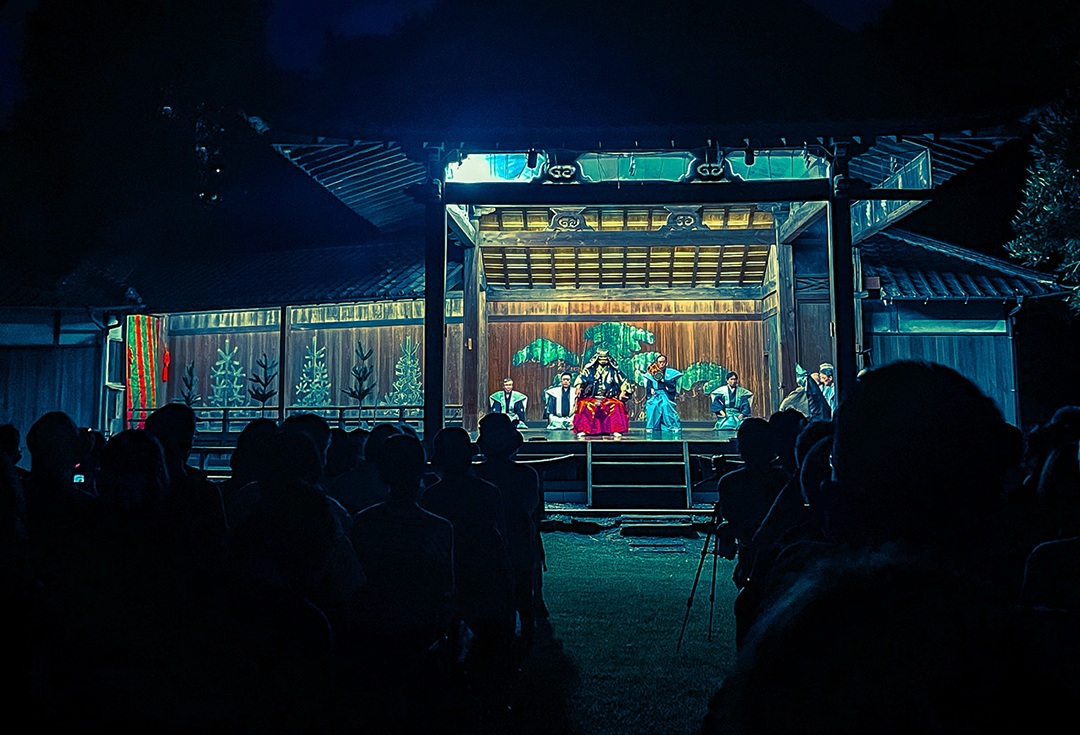
Each summer, as dusk falls over Kumamoto’s historic Suizenji Garden, the gentle flicker of torchlight gives life to an ancient Japanese tradition: Takigi Noh (薪能), or torchlit Noh theatre. Performed beneath the open sky at the historic Noh stage on the grounds of Suizenji Garden, this atmospheric event invites visitors to witness classical Japanese drama much as it would have been performed centuries ago—by firelight, in the open air, and surrounded by nature.
This year’s performance takes place on Saturday, August 2, and is free to attend. Whether you’re a longtime local or a first-time visitor, this is one of Kumamoto’s most serene and culturally rich summer traditions—and one not to be missed.
What is Takigi Noh?
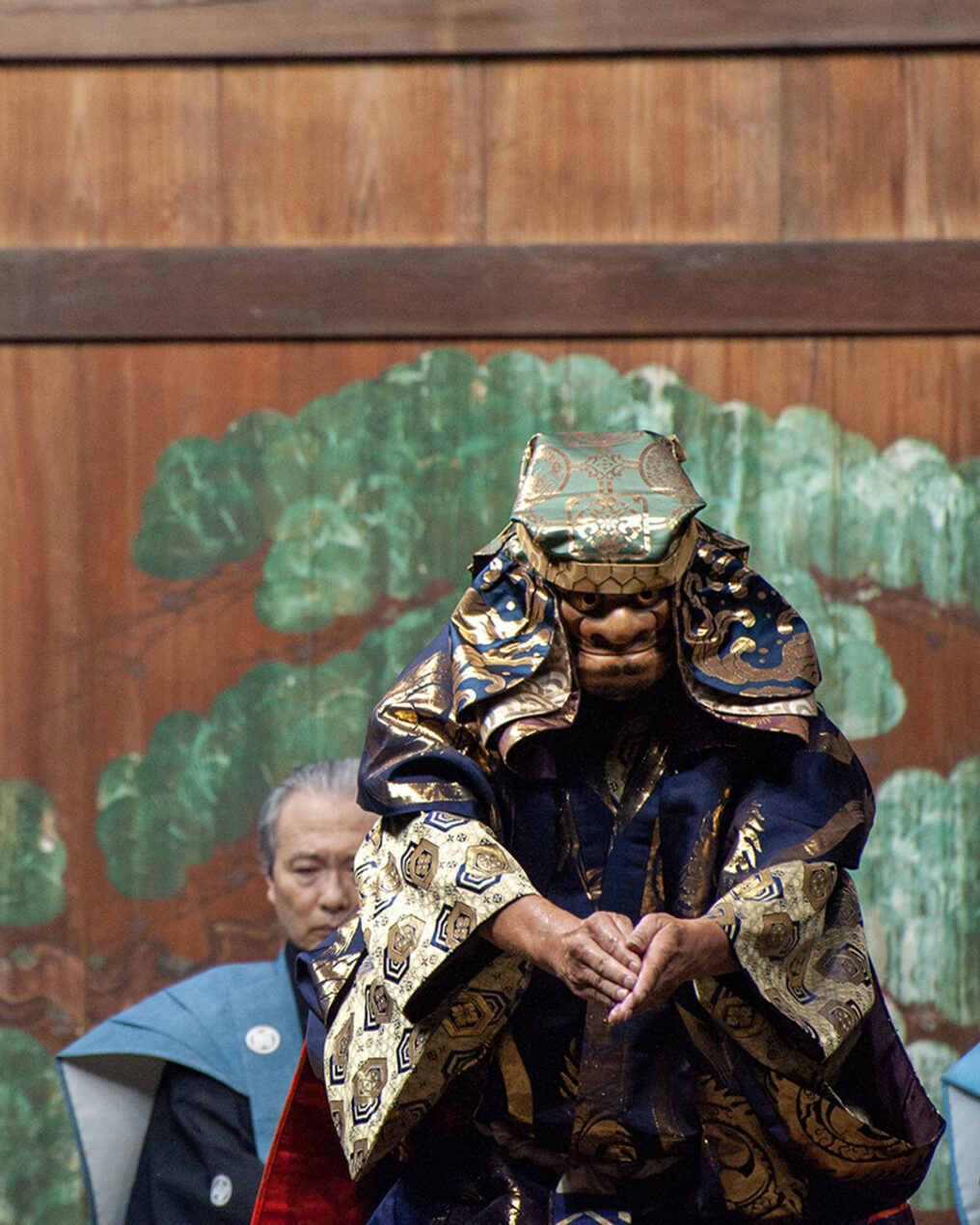
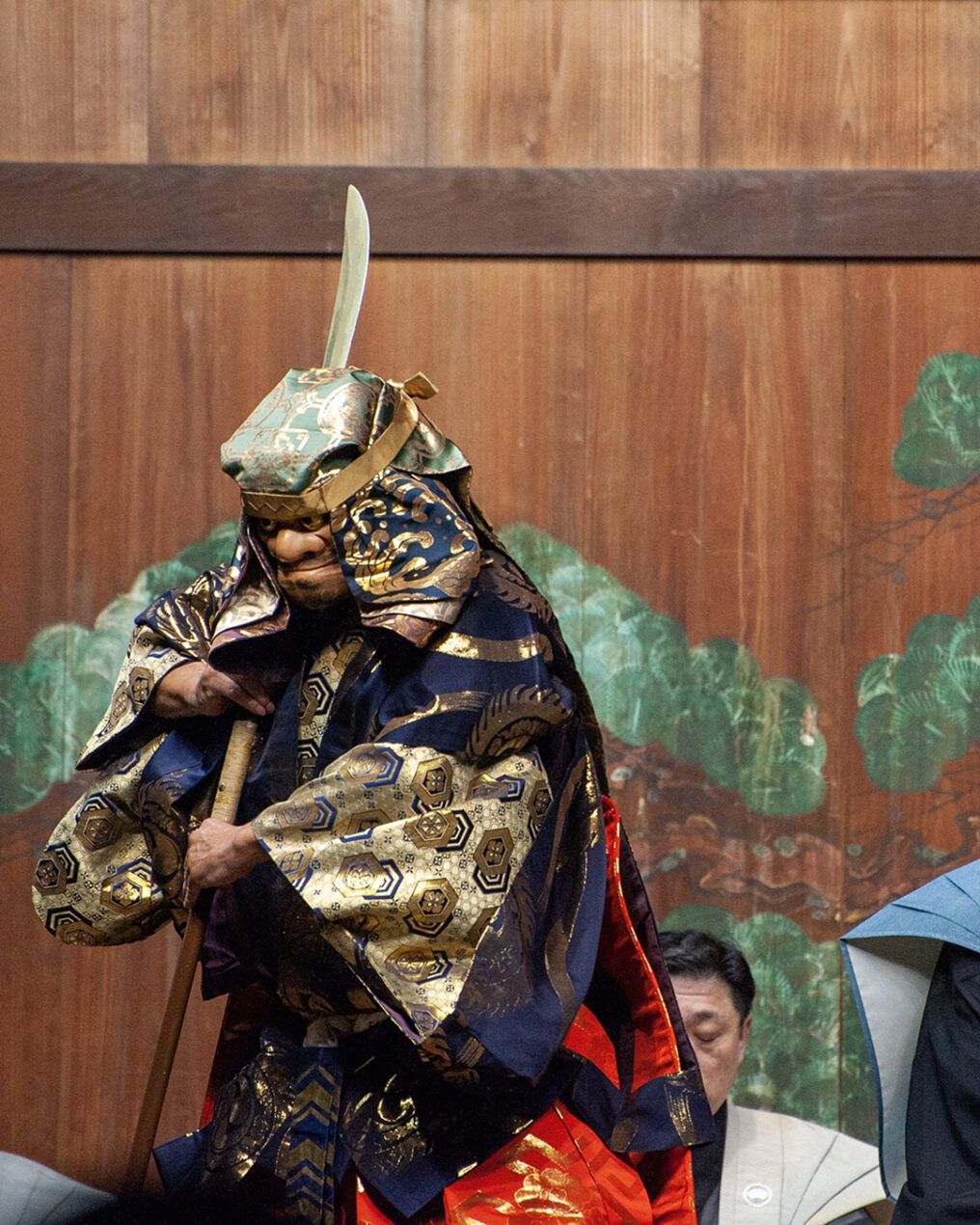
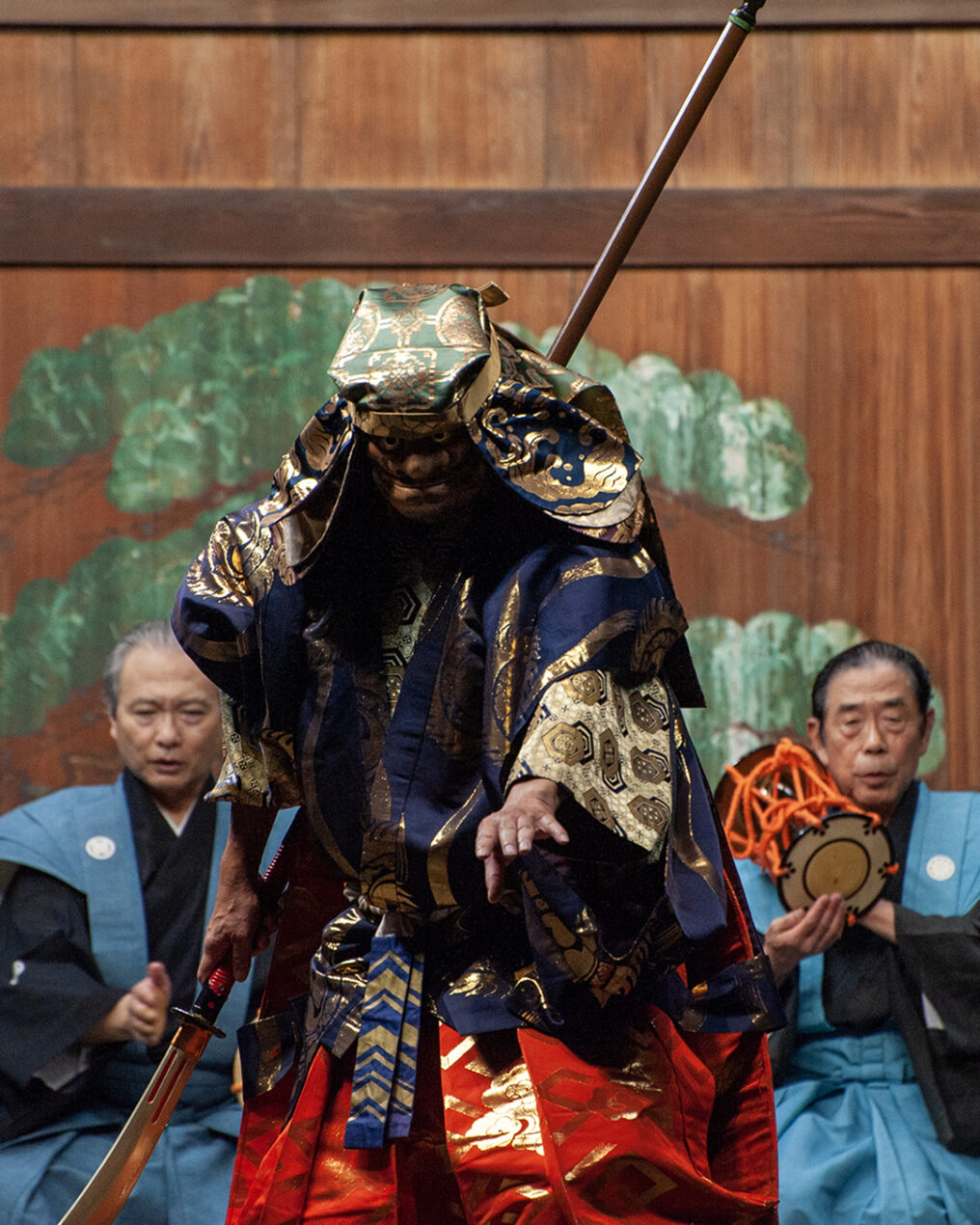
Noh is one of Japan’s oldest and most refined forms of theatre, combining chant, dance, and mask performance. It’s deeply stylized, with slow, deliberate movement and poetic language that leaves much open to interpretation. Takigi Noh, or “torchlit Noh,” adds another layer of atmosphere: performances are held outdoors and lit by flame, casting dramatic shadows that heighten the mystery and elegance of the stage.
Alongside Noh, the evening features Kyōgen, its comedic counterpart, and Mai-bayashi, a dance segment from Noh plays accompanied by live music.
A Venue Steeped in History
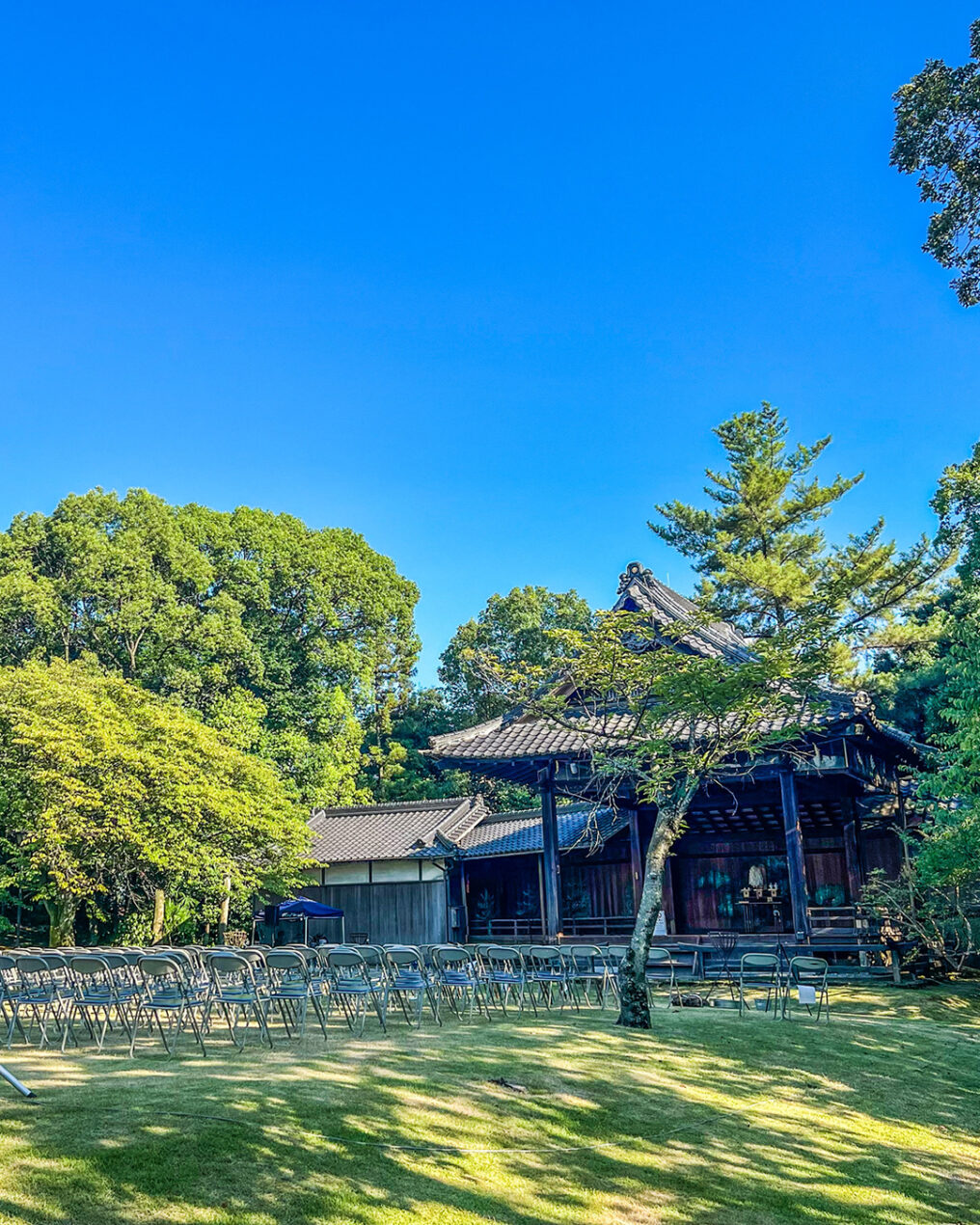
The venue for this performance—Suizenji Jōjuen—is not just a pretty park. It was originally constructed in 1632 by the Hosokawa clan, Kumamoto’s feudal lords during the Edo period. The garden was designed for tea ceremony and artistic leisure, incorporating a miniature replica of Mt. Fuji.
The Hosokawa lords were great patrons of Noh theatre, which they saw not just as entertainment, but as a vehicle for discipline, spiritual refinement, and expression of samurai values. Suizenji’s Noh stage continues that legacy—used not only for performance, but as a symbol of continuity between past and present.
Event Details
- 📅 Date: August 2, 2025 (Saturday)
- 🕕 Time: Begins at 6:00 PM, ends around 8:30 PM
- 📍 Location: Izumi Shrine Noh Stage, Suizenji Jōju-en Garden, Kumamoto City
- 💴 Admission: Free
- 🚪Entry: Enter through the main gate of Suizenji Garden. Gates open for free entry at 5:30 PM. If you want to explore the garden earlier in the day, you can enter anytime during regular hours by paying the normal admission fee (¥400).
- 🪑 Seating: First-come, first-served. Come early for a good view.
What to Bring & How to Prepare
Though the performance begins in the early evening, Kumamoto summers are hot—even after sundown. To stay comfortable, consider bringing:
- A hand fan (like an uchiwa or sensu)
- A bottle of water
- Insect repellent
This is an outdoor event with no assigned seating.
Audience Etiquette
Noh is a highly restrained and quiet performance style. Out of respect for the performers and others:
- Do not talk during the performance. Even whispers carry far in the still night air.
- No flash photography. It is strictly prohibited and likely to draw immediate scolding.
- Avoid filming with your phone held over your head, as the light and screen can disturb those behind you.
- Shutter sounds from cameras can also disrupt the quiet atmosphere.
What if You Don’t Understand the Story?
You’re not alone. Even many native Japanese audience members don’t follow every word of a Noh script. The language is classical and poetic, the symbolism subtle. That’s part of its beauty.
If you’re curious, you can read a summary of the evening’s program beforehand (event flyers or local websites may include a short synopsis). But the best way to enjoy Noh is to simply watch, listen, and feel. Let the rhythm of the music, the resonance of the chants, and the flicker of the torches wash over you. It’s a sensory experience as much as an intellectual one.
Whether you’re into history, traditional arts, or just looking for a uniquely peaceful summer evening, Takigi Noh at Suizenji offers an unforgettable glimpse into the poetic soul of old Japan—right here in the heart of Kumamoto.
Access
- 🚋 By Tram: Take the Kumamoto City Tram to “Suizenji Park” (水前寺公園) stop
- 🚶 Walk: About 4 minutes on foot from the tram stop to the garden entrance
- 🔗 Suizenji Jojuen Official Website: https://www.suizenji.or.jp/











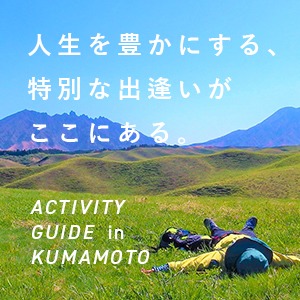


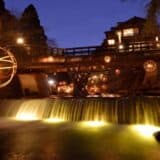




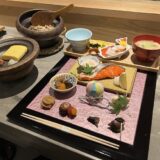








If you would like to comment, please do so below.